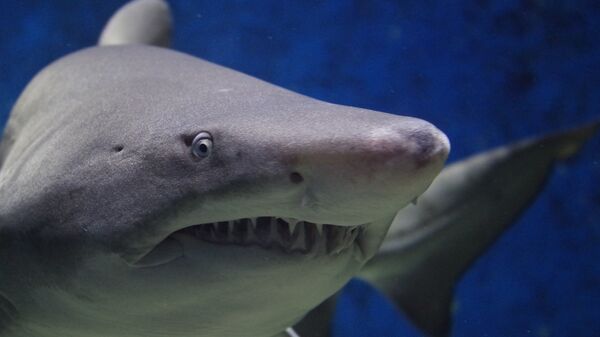The choppers are unique as their features resemble both the teeth found in Otodontidae sharks, which include the iconic superpredator megalodon sharks, and those of lamniform sharks, and this is where the new genus Megalolamna is taken from.
As for the new species name "paradoxodon," it refers to the predator "paradoxically" emerging in the geologic record after appearing to have split from Otodus some 45 million years earlier.
Kenshu Shimada, the lead author of the study and a paleobiologist at DePaul University in Chicago, noted in a news release that he is shocked that "such a large lamniform shark with such a global distribution" is only now being recognized. The finding is indicative of the limitations of our knowledge about ancient marine ecosystems, he believes.
Based on the remains, the newly-discovered ancient ocean dwellers averaged about 13 feet (4 meters) in length, similar to the modern Great Whites, but some may have reached as large as 24 feet (7.3 meters). They had "grasping" teeth in the front and "slicing" teeth in the back, likely used to feast on medium-sized fish, and each other.






